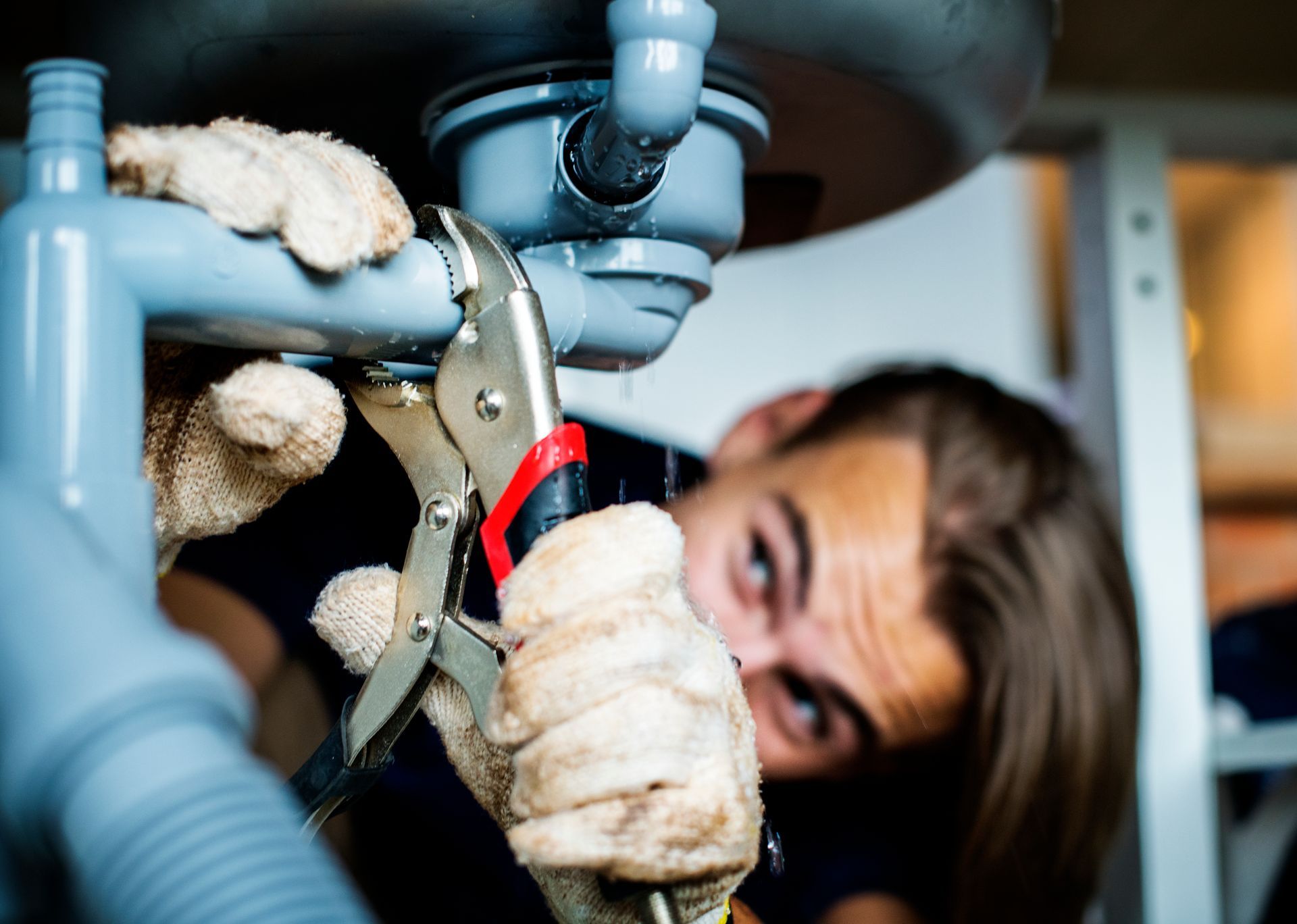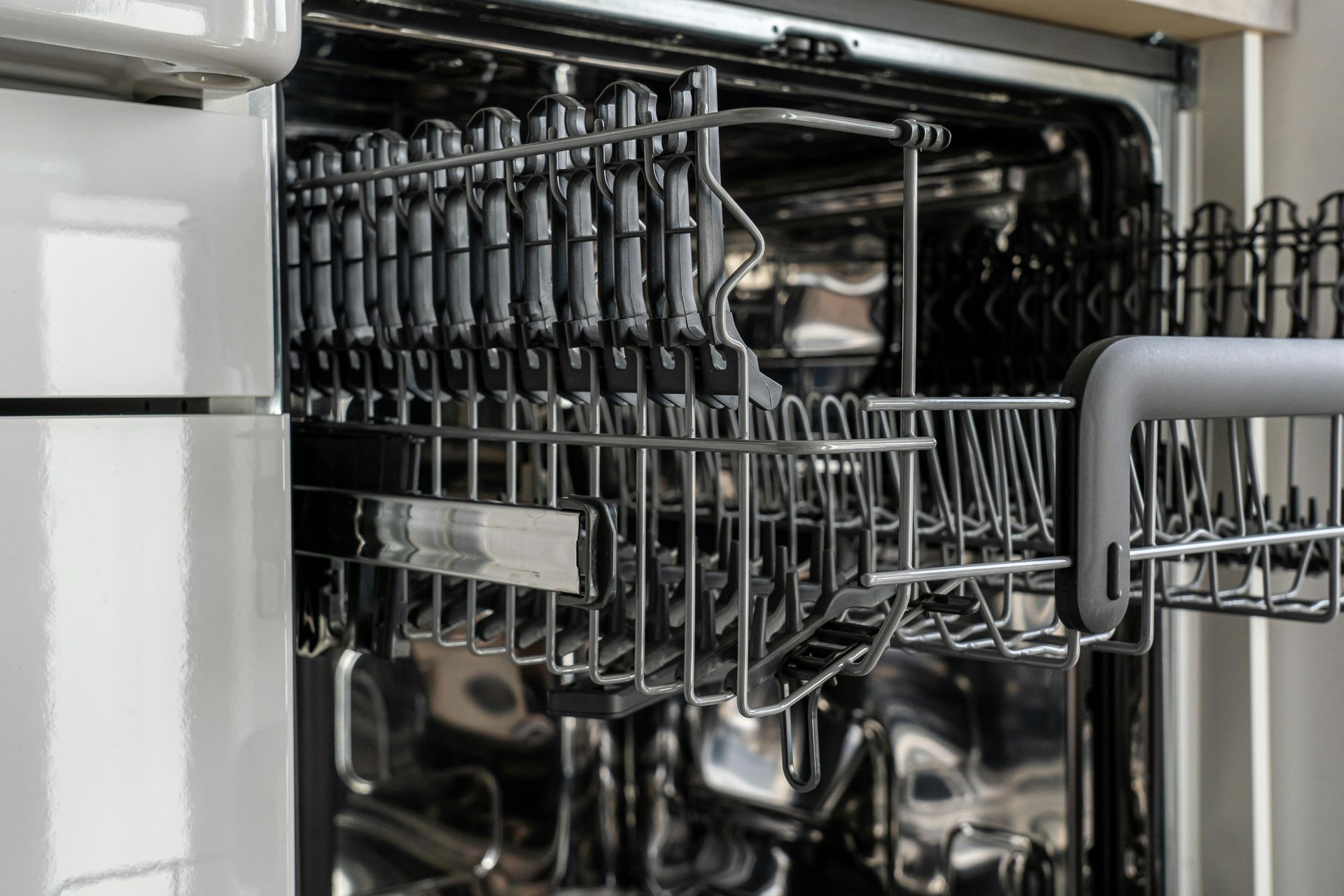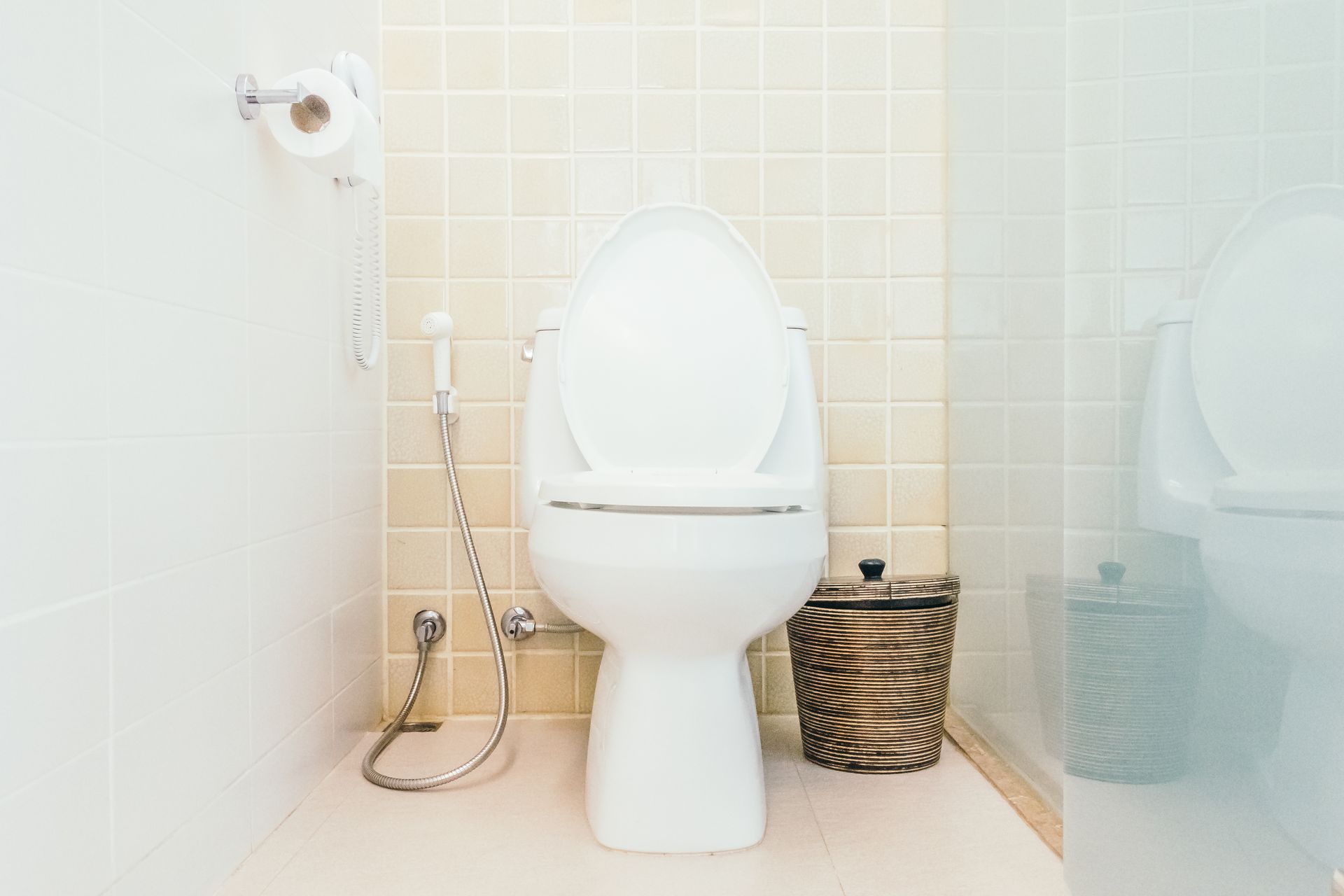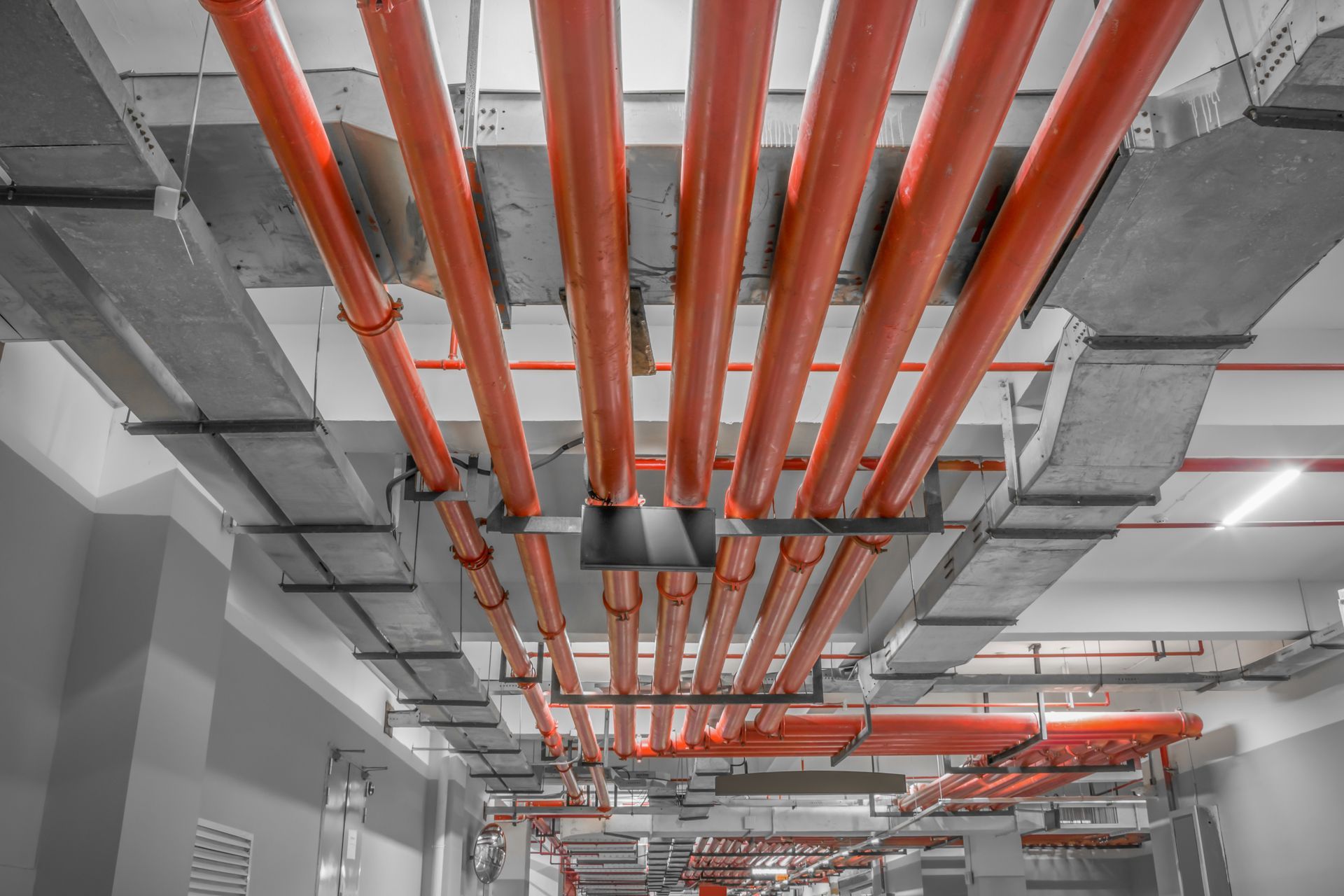What to Do If Your Sump Pump Stops Working
A sump pump plays a crucial role in keeping your basement dry by removing excess water from the area around your home. When it stops working, it can lead to water accumulation, resulting in flooding, property damage, and costly repairs. If your sump pump stops working, it's essential to act quickly to prevent damage. Here's an in-depth guide to help you troubleshoot and fix the problem, or know when to call a professional for assistance.
"How to Choose the Right Sump Pump for Your Home"
Step 1: Check the Power Supply
One of the most common reasons for a sump pump failure is a power outage or disconnection. The pump relies on electricity to function, and if there's no power, it will not work. Another significant factor contributing to sump pump failure is a clogged discharge line. Over time, debris, mud, and other materials can accumulate in the discharge pipe, restricting the flow of water. If the pump can't effectively expel water from the sump pit, it will ultimately lead to flooding, negating its entire purpose.
Power outage: If there's a power cut in your area, wait until the electricity is restored. If your sump pump runs on a battery backup system, check the battery level and ensure it's functioning properly.
Circuit breaker: Sometimes, the circuit breaker may trip, cutting off power to the pump. Locate your home's electrical panel and check if the breaker for the sump pump is in the "off" position. If it is, simply reset the breaker.
Loose connections: Ensure that all power cables and connections are secure. A loose or disconnected cable may prevent the sump pump from turning on.
Step 2: Inspect the Float Switch
The float switch is a critical component of the sump pump system. It activates the pump when the water level in the sump pit rises above a certain point. If the float switch gets stuck or damaged, the pump won't turn on. This can lead to flooding in the basement or crawl space, causing damage to your property and creating a potential mold issue. Regular inspections of the float switch are essential to ensure it is functioning properly. You should check for any debris or obstructions that could prevent the float from moving freely. Additionally, if the float switch shows signs of wear or corrosion, it may be time for a replacement.
Float obstruction: Check if the float is obstructed by debris, dirt, or other objects. It should be able to move freely up and down. If it's stuck, gently dislodge it and make sure it moves without any hindrance.
Faulty float switch: If the float switch is damaged or malfunctioning, it will need to be replaced. In some cases, you may be able to manually operate the switch to get the pump running temporarily, but it's important to repair or replace it as soon as possible.
Step 3: Check for Clogs or Debris
A clogged or obstructed pump discharge line can prevent the water from being properly drained away from your home. This can cause water to back up into the basement, leading to flooding.
Inspect the discharge line: Examine the pipe that carries the water away from the sump pit. Look for any signs of clogs or blockages such as dirt, debris, or frozen sections (in colder climates).
Clear the blockage: If you find a clog, use a plumber’s snake, a high-pressure hose, or a wet-dry vacuum to clear it. Make sure the water can flow freely through the discharge pipe to prevent backups.
Step 4: Examine the Check Valve
A check valve is installed on the discharge pipe to prevent water from flowing back into the sump pit. If this valve becomes faulty, the water may flow back, causing the pump to work harder and potentially leading to malfunctions. This added strain on the pump can not only shorten its lifespan but also increase operational costs due to higher energy consumption. Moreover, a faulty check valve can compromise the entire drainage system, leading to water accumulation in areas where it is not intended, which may result in damaging structural elements and creating an environment conducive to mold growth.
Inspect the valve: Check for any signs of leakage or damage to the check valve. If you find that it's cracked or broken, you may need to replace it.
Test the valve: Manually test the check valve by running the pump and checking if water flows back into the pit. If it does, the check valve is not functioning properly and should be replaced.
Step 5: Test the Sump Pump Motor
If the power, float switch, and discharge line are functioning correctly, the problem may lie with the motor. A motor failure can prevent the pump from operating, even when everything else seems to be working fine. In such cases, begin by inspecting the motor for any visible signs of damage or wear. Look for frayed wires, burnt components, or any unusual noises that could indicate an internal issue. It may also be worthwhile to check the motor's thermal overload protection to see if it has tripped, which can occur if the motor overheats due to excessive load or lack of ventilation.
Motor noise: If the motor is making a humming sound but not operating, the impeller could be jammed or there may be an electrical issue.
Replace the motor: If the motor is completely dead and the pump is not running at all, you may need to replace the motor or the entire sump pump unit.
Step 6: Check for Water Overload
If your sump pump is overwhelmed with water, it may stop working due to excessive strain. This is more common during heavy rain or flooding situations. To prevent such scenarios, it's essential to regularly maintain your sump pump. This includes checking the pump for debris, ensuring that the discharge pipe isn't clogged, and testing the float switch to confirm proper operation. A well-maintained sump pump can handle more water and reduce the risk of failure during critical times.
Overcapacity: Ensure that your sump pump is the right size for the amount of water your home typically experiences. If your pump is too small for the volume of water, it may stop working.
Consider upgrading: If your sump pump struggles to keep up with heavy rainfall, consider upgrading to a more powerful unit or installing a secondary pump for extra capacity.
Step 7: Call a Professional
If you've gone through these troubleshooting steps and your sump pump is still not working, it’s time to call a professional plumber. Attempting to repair the pump yourself without proper knowledge can lead to further damage, additional costs, or even injury. A qualified plumber can diagnose the issue more effectively, as they possess the expertise and tools necessary to address complex problems. They will conduct a thorough inspection of your sump pump system, checking for electrical issues, clogs, or mechanical failures that may not be immediately apparent.
Expert diagnosis: A professional plumber can properly diagnose the issue and provide the necessary repairs or replacement.
Preventive maintenance: Even if your pump seems to be functioning well, regular maintenance can prevent future issues. Consider scheduling annual sump pump inspections to ensure it's operating at peak efficiency.
Conclusion
Your sump pump plays a vital role in protecting your home from flooding, and it’s essential to act quickly when it stops working. By following these troubleshooting steps, you can potentially resolve minor issues and get your pump running again. However, for more complex issues or when you're uncertain of the cause, it's always best to consult with a professional plumber. Timely repairs and routine maintenance can extend the life of your sump pump and keep your basement dry for years to come.











